David Klion in The Ideas Letter:
Liberalism has never been merely a set of abstract ideas, and it has never been uniformly experienced within the liberal polity. As Antonio Gramsci observed, cultural hegemony allows the bourgeoisie to maintain its dominant position in society by creating a broad social consensus around its own norms and values, and very often those norms and values have been liberal. Liberalism has always been the ideology of a particular socioeconomic stratum: from the Parisian haute bourgeoisie that declared the Rights of Man in the late 18th century to the New Class of college-educated intellectuals, professionals, and creatives that by the 1970s had come to dominate liberalism in the United States—at least according to its many critics. James Burnham anticipated capitalism’s managerial turn as early as 1941. Christopher Lasch, in his posthumously published 1995 book The Revolt of the Elites and the Betrayal of Democracy, criticized upper-middle-class groups as having alienated themselves materially and culturally from the rest of the population, describing them as “a new class only in the sense that their livelihoods rest not so much on ownership of property as on the manipulation of information and professional expertise.” The right-wing ideologue Curtis Yarvin, a court favorite of Vice President J.D. Vance and the Silicon Valley oligarch Marc Andreessen, calls this cohort “the cathedral.” Nate Silver has dubbed it “the Village.” Musa al-Gharbi, who recently responded in The Ideas Letter to a critical review of his book We Have Never Been Woke: The Cultural Contradictions of a New Elite, has described approximately the same group as “symbolic capitalists—professionals who work in fields like finance, consulting, law, HR, education, media, science and technology.” Less hostile observers might simply say “the establishment” or “liberal civil society” or, as Barbara and John Ehrenreich put it in 1977, “the professional-managerial class.”
It is a version of this class that lives and breathes liberalism and forms its core constituency in any given place and time. And it is this class that is under sustained assault from all directions right now, with both corporate capital and much of the lumpenproletariat targeting its prevailing fashions (often cast as “wokeness”) and the rights (media and academic freedom, the rule of law) that undergird the material basis of its influence (government bureaucracies, elite universities, publishing houses, legacy newspapers and magazines, the entertainment industry). Across many countries, the authority and autonomy of the liberal class is being challenged and undermined; on every front, the liberal class faces precarity, professional frustration, and ambient despair over the state of the culture
More here.
Enjoying the content on 3QD? Help keep us going by donating now.
 You can want different things from a university—superlative basketball, an arts center, competent instruction in philosophy or physics, even a cure for cancer. No wonder these institutions struggle to keep everyone happy. And everyone isn’t happy. The Trump Administration has effectively declared open war on higher education, targeting it with deep cuts to federal grant funding. University presidents are alarmed, as are faculty members, and anyone who cares about the university’s broader role.
You can want different things from a university—superlative basketball, an arts center, competent instruction in philosophy or physics, even a cure for cancer. No wonder these institutions struggle to keep everyone happy. And everyone isn’t happy. The Trump Administration has effectively declared open war on higher education, targeting it with deep cuts to federal grant funding. University presidents are alarmed, as are faculty members, and anyone who cares about the university’s broader role.
 A century ago, one of the richest men in the world decided to wade into the public sphere by throwing his weight behind a series of cuts that would reach into every corner of American life. The president of the day, sensing early support for these reforms and not wishing to be left behind, jumped on board with impulsive zeal, demanding that all federal offices implement the cutbacks with immediate effect.
A century ago, one of the richest men in the world decided to wade into the public sphere by throwing his weight behind a series of cuts that would reach into every corner of American life. The president of the day, sensing early support for these reforms and not wishing to be left behind, jumped on board with impulsive zeal, demanding that all federal offices implement the cutbacks with immediate effect.
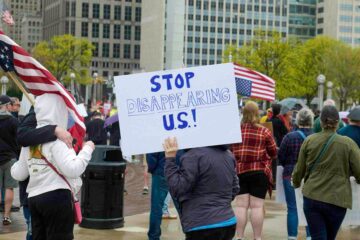 The legal doctrine of “habeas corpus,” a Latin phrase that has its
The legal doctrine of “habeas corpus,” a Latin phrase that has its  What’s distinctive about humans is that homo sapiens domesticated themselves. We are self-domesticated apes. Anthropologist Brian Hare characterizes recent human evolution (Late Pleistocene) as “Survival of the Friendliest”, arguing that in our self-domestication we favored prosociality — the tendency to be friendly, cooperative, and empathetic. We chose the most cooperative, the least aggressive, the less bullying types, and that trust in others resulted in greater prosperity, which in turn spread neoteny genes, and other domestication traits, into our populations.
What’s distinctive about humans is that homo sapiens domesticated themselves. We are self-domesticated apes. Anthropologist Brian Hare characterizes recent human evolution (Late Pleistocene) as “Survival of the Friendliest”, arguing that in our self-domestication we favored prosociality — the tendency to be friendly, cooperative, and empathetic. We chose the most cooperative, the least aggressive, the less bullying types, and that trust in others resulted in greater prosperity, which in turn spread neoteny genes, and other domestication traits, into our populations.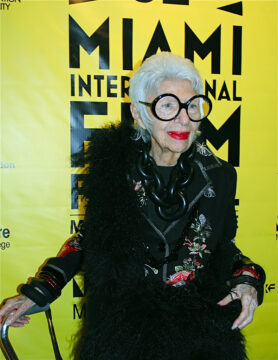 Against the backdrop of a cold white room, Iris Apfel’s yellow outfit, which she wore on the occasion of her hundredth birthday, sings its own joyous song. Both here and elsewhere, Apfel, an artist and fashion designer, often paired gorgeous things sensually by color and texture, rather than by invoking some obvious theory or idea. She was not afraid to wear a yellow tulle coat with yellow silk pants (which she designed herself in collaboration with H&M). She celebrated yellow vivaciously; she took up space with yellow. With her arms raised in this picture, she looks like some sort of bishop or religious figure. Her open palms throw spectral glitter upon us. A spiritual icon. Just by looking at her, I feel her upturned palms manifesting my dreams.
Against the backdrop of a cold white room, Iris Apfel’s yellow outfit, which she wore on the occasion of her hundredth birthday, sings its own joyous song. Both here and elsewhere, Apfel, an artist and fashion designer, often paired gorgeous things sensually by color and texture, rather than by invoking some obvious theory or idea. She was not afraid to wear a yellow tulle coat with yellow silk pants (which she designed herself in collaboration with H&M). She celebrated yellow vivaciously; she took up space with yellow. With her arms raised in this picture, she looks like some sort of bishop or religious figure. Her open palms throw spectral glitter upon us. A spiritual icon. Just by looking at her, I feel her upturned palms manifesting my dreams. T
T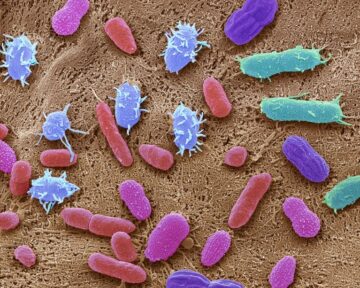 What Rina Green calls her “living hell” began with an innocuous backache. By late 2022, two years later,
What Rina Green calls her “living hell” began with an innocuous backache. By late 2022, two years later, 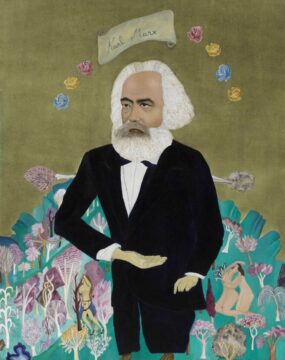 L
L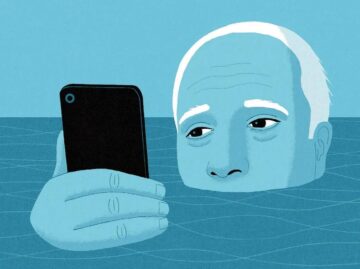 Parenting teenagers
Parenting teenagers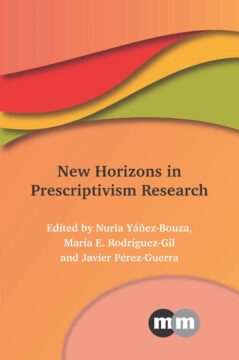 In the Preface to his landmark Dictionary of 1755, Samuel Johnson wrote that ‘sounds are too volatile and subtile for legal restraints; to enchain syllables, and to lash the wind, are equally the undertakings of pride’. Any dictionary, any grammar, is but a snapshot: all living languages change, and they do so constantly and at every level.
In the Preface to his landmark Dictionary of 1755, Samuel Johnson wrote that ‘sounds are too volatile and subtile for legal restraints; to enchain syllables, and to lash the wind, are equally the undertakings of pride’. Any dictionary, any grammar, is but a snapshot: all living languages change, and they do so constantly and at every level.